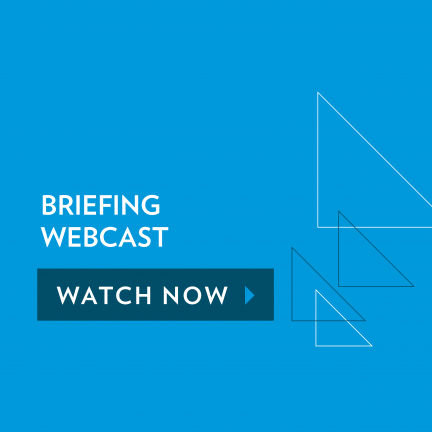COLLABORATION COUNTS
We are taught in school that 1+1=2. Simple maths. However, as Mark Twain said: “I have never let my schooling interfere with my education.” In spite of its best efforts, economics is not a mathematically based science. It is the study of human behaviour, either en masse – companies, countries, communities – or individually. People are irrational, as Daniel Kahneman demonstrated: individually, as well as at the helm of companies, countries and communities.
Therefore, 1+1 can equal 2. It can also equal 0, 1, or more than 2 when we consider the economics of collaboration.
I first used this term in legal a number of years ago, and fully set out the principle in a number of talks. However, it is commonly misapplied to generally ‘working together’, missing the point entirely. Talking to the mandarins at Briefing, we were keen to rectify this and go back to basics.
Let me try to set it out here. Here are some scenarios when looking at two parties collaborating:
• 1+1=0. This is when we’re playing a zero-sum game and only trying to maximise potential gain in the short term. A good example of this is José Mourinho joining Manchester United. One of the most successful managers in football history at one of the most successful clubs – bound to work, right? Wrong. Both Mourinho and Manchester United were obsessed with ‘their way’ and the lack of mutuality had disastrous effects for both of them.
• 1+1=1 – where the fit is bad but the intention good and both organisations are distracted from their core goals without growing mutual benefit. Take AOL and Time Warner.
• 1+1=2 – where two smaller things just become one bigger thing, but there is no exponential growth. Take McFly + Busted = McBusted.
In rare circumstances, however, 1+1 can be more than 2. That is, complementary skillsets and dedication to producing something new from the bringing together of two entities where both win, as does the client – more than the sum of their parts. This is the economics of collaboration … perhaps I can give a personal example.
At Hogan Lovells (itself a 1+1>2 merger) we collaborate with a large number of partner organisations: Epiq, Elevate, FTI Consulting and Cognia Law being a few. Take Cognia as an example – a cost-effectively structured, process-led law company, which has invested in high-quality individuals and systems. Add to this the fact that Hogan Lovells is a globally capable law firm with industryaligned legal expertise. Both organisations have come together to form a people, process and technology structure that brings clients a cheaper, faster and better solution for large-scale, complex legal projects. Hogan Lovells and Cognia both win, because we get more of these sorts of instructions than we could win if operating independently. Clients win because they get a seamless service, where the right people do the right work at the right time – and at lower cost.
I’m glad I didn’t allow my schooling to hamper my education.
This article can be found in Briefing’s September edition: Hot data

Briefing webcast | The building blocks of business intelligence
Cheryl Ashman
Senior program manager, business intelligence group, White & Case
Gareth Powell
Group data officer, Irwin Mitchell
CJ Anderson
Director, Iron Carrot
Suzanna Hayek
Deputy editor, Briefing



